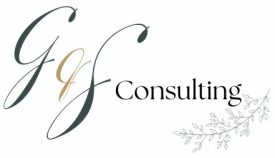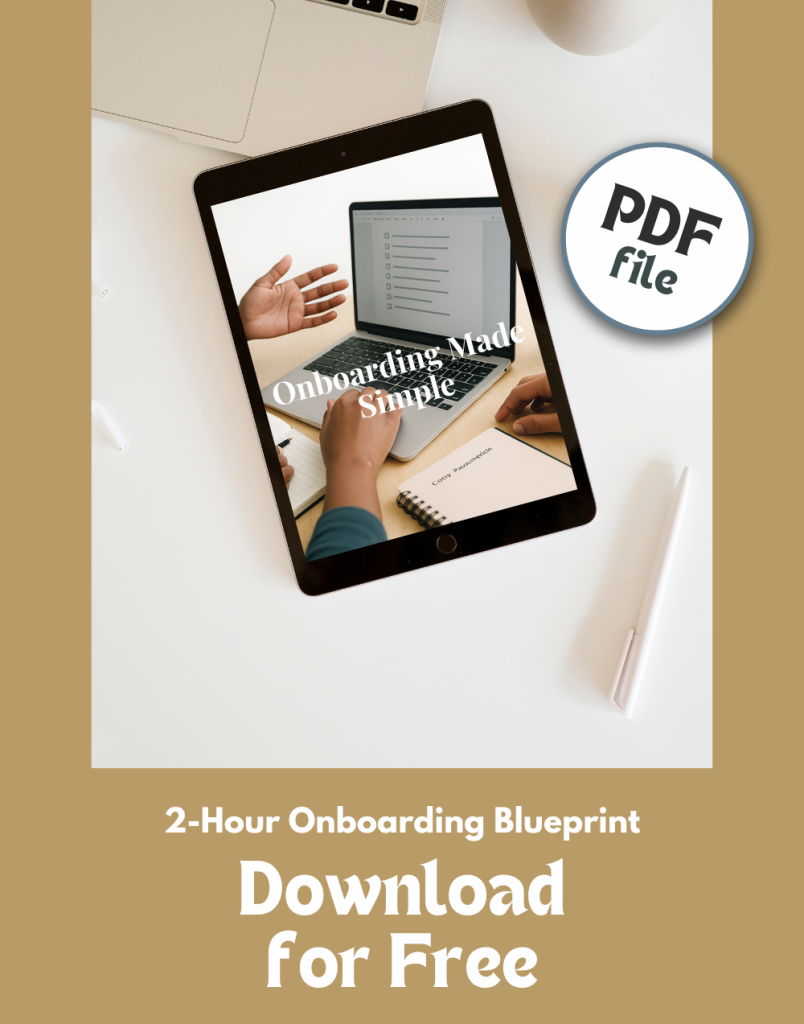You don’t need more hustle—you need a better how. Most teams try to save money by moving faster. The real savings come from making work repeatable so it stays fast forever. This post shows how we routinely cut onboarding from roughly 20 hours to about 2—with simple steps you can implement this week.
“Strategy turns one win into a repeatable system. That’s where the money is.”
The Hidden Price of Sluggish Onboarding
When onboarding drags, you’re paying for it—whether you see it or not:
- Duplicate data entry across tools
- Context switching between email, spreadsheets, and CRM
- Back-and-forth questions because clients don’t know what goes where
- Inconsistent follow-ups that hurt conversion and trust
It feels like “just admin,” but the drag on pipeline, cash flow, and morale is real.
Good news: you don’t need to rebuild your tech stack. You need a handful of small, compound changes.
The 5-Step Framework We Use at G&S
1) Template Once
Build a reusable base. Create:
- Client folder template (with smart subfolders + naming convention)
- Project template in your work hub (SuiteDash/Asana/ClickUp) with 10–15 kickoff tasks
- Three canned emails: Welcome, Access Request, and “Docs Received/Next Steps”
- A tight 25- or 50-minute kickoff agenda anyone on your team can run
2) Collect Once
Stop chasing info across ten threads. Use:
- One secure upload link for IDs/assets/brand kit
- One intake form with only decision-making fields
- A plain-English “What to have ready” checklist inside the calendar invite
3) Automate the Nudges
Automations aren’t “fancy”—they’re basic, reliable follow-through:
- Assign owners and due dates when the project is tagged as Onboarding
- Send due-date reminders and confirmations automatically
- Trigger a short “docs received” email so clients feel guided
4) Record Once
Create a 3-minute Loom that answers 80% of FAQs: where tasks live, how to upload files, who to tag for help. Save it to a reusable client playlist.
5) Measure What Matters
If you aren’t measuring, you’re guessing. Track:
- Time-to-Ready (TTR): target ≤ 2 hours
- Login Coverage %: target 100% within 24–48 hours
- First Value Delivered: target within 7 days
- CSAT: target ≥ 4.7/5 after onboarding
A Quick Story: “We Thought We Needed More Staff”
A professional services firm onboarded 8–12 new clients monthly. Everything lived in email threads and spreadsheets. New clients asked the same questions, and the team re-entered data in multiple places. They assumed the fix was hiring.
Instead, we centralized the CRM, templatized the project, automated reminders, and recorded one short Loom. Within 60 days, onboarding time dropped ~70% (median), errors fell, and clients got to “first value” faster. No new hires. Just better flow.
Show Me the Money: The Simple Math
Old way: ~20 hours per client
New way: ~2 hours per client
Savings: 18 hours
Assume a fully-loaded team cost of $65/hour. 18 hours × $65 = $1,170 saved per client.
Onboard 3 clients per month? That’s ~$3,510/month—or over $42,000/year—without raising prices.
Common Pushbacks (and Friendly Reframes)
- “We use too many tools.” → All the more reason to template the connections. Start with one canonical client record in your CRM.
- “Clients won’t read.” → They will if it’s short, obvious, and in one place: calendar invite + 3‑minute Loom + upload link.
- “We don’t have time to build this.” → Block one afternoon. Template 3 emails, a kickoff agenda, and a 10‑task checklist. You’ll earn the time back this month.
Your 7-Day Action Plan
- Day 1–2: Draft a kickoff agenda and create client & project templates
- Day 3: Write your three canned emails
- Day 4: Record the 3-minute Loom
- Day 5: Add basic automations (owners, due dates, reminders)
- Day 6–7: Test with a mock client and track Time-to-Ready
Pro Tip
Use 25- or 50-minute meetings with 10-minute buffers. Your calendar—and brain—will thank you.
Want the Templates We Use?
I bundled the exact checklist, three copy‑paste emails, a mini process map, and a KPI tracker into a one‑pager you can implement immediately.
Free download: The 2‑Hour Onboarding Blueprint (PDF)
Ready to stop reinventing the wheel? Book a Discovery Call.



